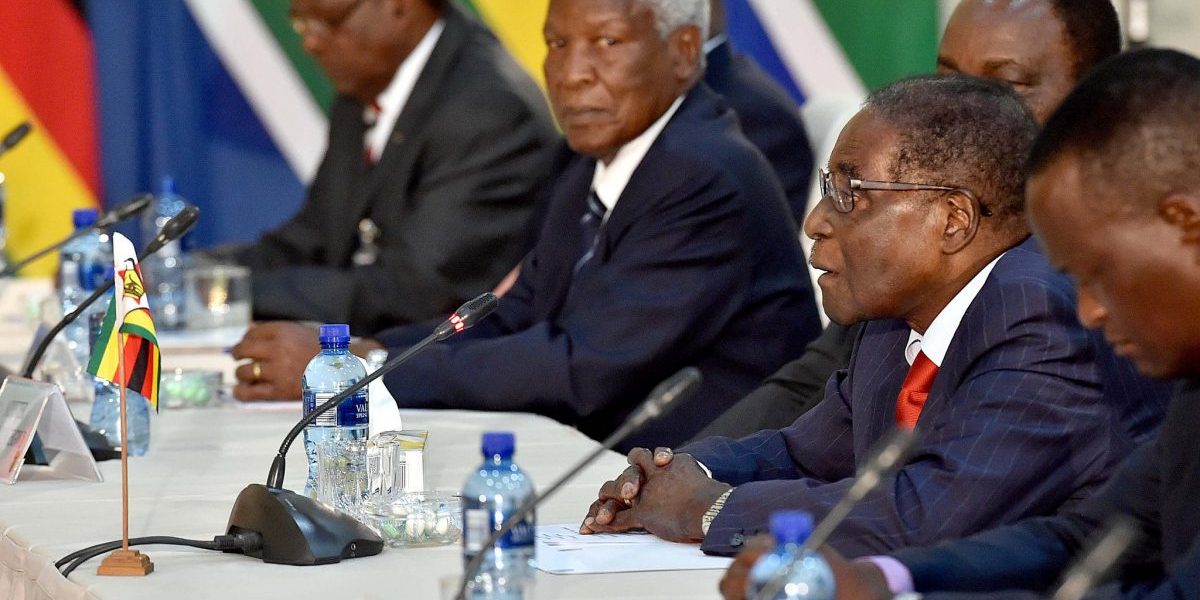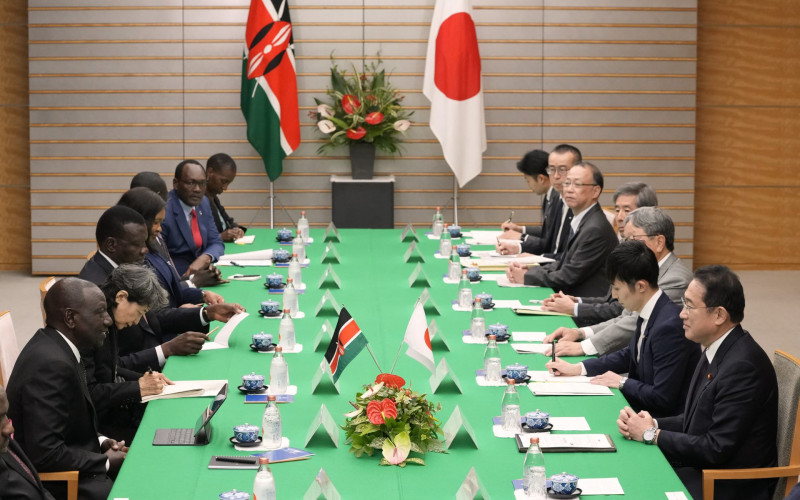Within this Zimbabwe’s future monetary policy is of enormous importance owing to the country’s infamous inflation rate. Three monetary reform scenarios are being discussed: an ordinary or crawling peg to a basket of currencies; ‘Randization’ (adopting the Rand); and a currency board, ie a domestic currency with the money base one hundred per cent backed by foreign reserves. The latter two would entail Zimbabwe surrendering monetary policy sovereignty – an issue attracting considerable controversy .
The currency board or “dollarization” option is closely associated with US scholar Steve Hanke. In Zimbabwe’s case he refers approvingly to the currency board Southern Rhodesia operated in the 1940s. However, the preconditions were very dissimilar to Zimbabwe today. Regardless of Rhodesian governments’ other failings, their administrative capacity, and therefore the credibility of any new institutions, was far more developed whilst trade and capital markets were far less integrated than today. Mr Mugabe not only destroyed the economy thereby creating hyperinflation, poverty and starvation, but he also eradicated a workable administration. The latest manifestation is the cholera crisis, now reportedly affecting 80,000 people and spreading rapidly into neighbouring countries. Critically, all kinds of economic institutions necessary for a country to develop are now lacking.
This does not imply that monetary reforms cannot take place. It can, however, make clear that a currency board or dollarization may be difficult to implement. Both regimes necessitate meeting a number of institutional pre-conditions, particularly fiscal stability, openness to trade and capital flows, and market flexibility. Another basic condition is trust in markets and in state agencies. If the central bank is not to be trusted, why should the ordinary Zimbabwean citizen trust a currency board (unless it is located out of the country)?
Furthermore, a currency board would require the Zimbabwean government to possess sufficient foreign exchange to finance the monetary base. In January 2008, the latest data available, the Zimbabwean central bank’s foreign assets accounted for approximately 0.1 per cent of the monetary base. Clearly reserves are too small to finance the monetary base in a currency board without recourse to massive foreign capital injections from the donor community. But those are only likely to be forthcoming once Mr Mugabe and his securocrats have decisively left the scene – a prospect we find rather bullish under current political circumstances.
Over time a currency board system requires the ability to earn the necessary money growth on global markets. Zimbabwe does not have the production structure (even before the meltdown) to generate the exports required; the human resource capacity to sustain such a high rate of exchange (ie the US dollar) through rapid productivity growth; and the high rate of exchange would encourage imports (no bad thing if you have the foreign exchange which Zimbabwe won’t) whilst discouraging exports. Hence Mr Hanke’s advice could penalize Zimbabwe’s recovery for a long time.
Finally, it is not obvious that the Zimbabwe Reserve Bank should loose its competencies, as the currency board solution would require. Those advocating this path argue that the Zimbabwe Reserve Bank has become so politicised (correct) that it is beyond redemption (debatable). However, the same argument applies to other State Institutions used as Zanu PF’s piggy bank.
Overall, a currency board may be the least attractive alternative.
What about the second one, namely adopting the Rand, as recently suggested by South African President Mr Motlanthe, and rejected by Zimbabwe’s new Finance Minister, Mr Biti? For each South African citizen 1000 Rands are circulating; adopting the same ratio in Zimbabwe means 11 billion Rands would be needed. Currently the total cash circulation in South Africa is about 73 billion Rand – an increase of 11 billion Rand would add at most 15 per cent – a substantial increase.
This solution requires dismantling the central bank’s money issuing function. Politically this may be easier than having a crippled central bank. Political pressure would be less than that upon a currency board as money issuance would require South African approval. Politically this would be very tricky. On the other hand, Zimbabwe would gain the reputation of the Rand without requiring the backup of foreign reserves.
However, South Africa’s partners in the Common Monetary Area (Namibia, Lesotho, and Swaziland) may not support this path. Also, unless South Africa imposes stringent conditionalities on the reconstruction loans it undoubtedly will extend to Zimbabwe, the latter’s temptation to deviate from the CMA’s strictures using fiscal policy, thereby destabilising regional currency arrangements, will be huge – especially in the likely absence of major donor funding.
What about the third alternative put forward by Mr Biti, a simple (or crawling) peg to a basket of currencies including the rand? This scenario, coupled with a Zimbabwe Reserve Bank and Finance Ministry with new leadership seems possible and politically most feasible. It requires less ambitious policy reforms in other policy areas and does not require huge foreign reserves to sustain it. The question is whether Zimbabwean institutions would have the confidence of their people and foreign investors to sustain the peg. As with the other two scenarios it is unthinkable without a ban on government borrowing at the central bank. This condition must be highlighted as it is the sine qua non of any sensible monetary reform.
If the government can keep away from the money press, both the peg and the circulation of the Rand are sustainable. Overall, it is not clear to us which is more desirable. On political grounds the peg is more feasible, but if the economy is to be brought back on track, inflation has to be reduced quickly and Randization proffers that possibility.
The really interesting question to ask, if Zimbabwe did opt for the randization route, is whether South Africa will step up to the plate? It has the institutions to do so: a mostly independent central bank; strong development finance institutions; and Zimbabwe could join a reformed Southern African Customs Union to gain access to revenue – although we would worry about the impact on Zimbabwe’s trade policy. Unfortunately South Africa’s track record on Zimbabwe policy to date is not encouraging, and with its rising budget deficit, pressing social problems, and escalating debate over the future of domestic monetary policy Zimbabwean policy makers should exercise caution.







